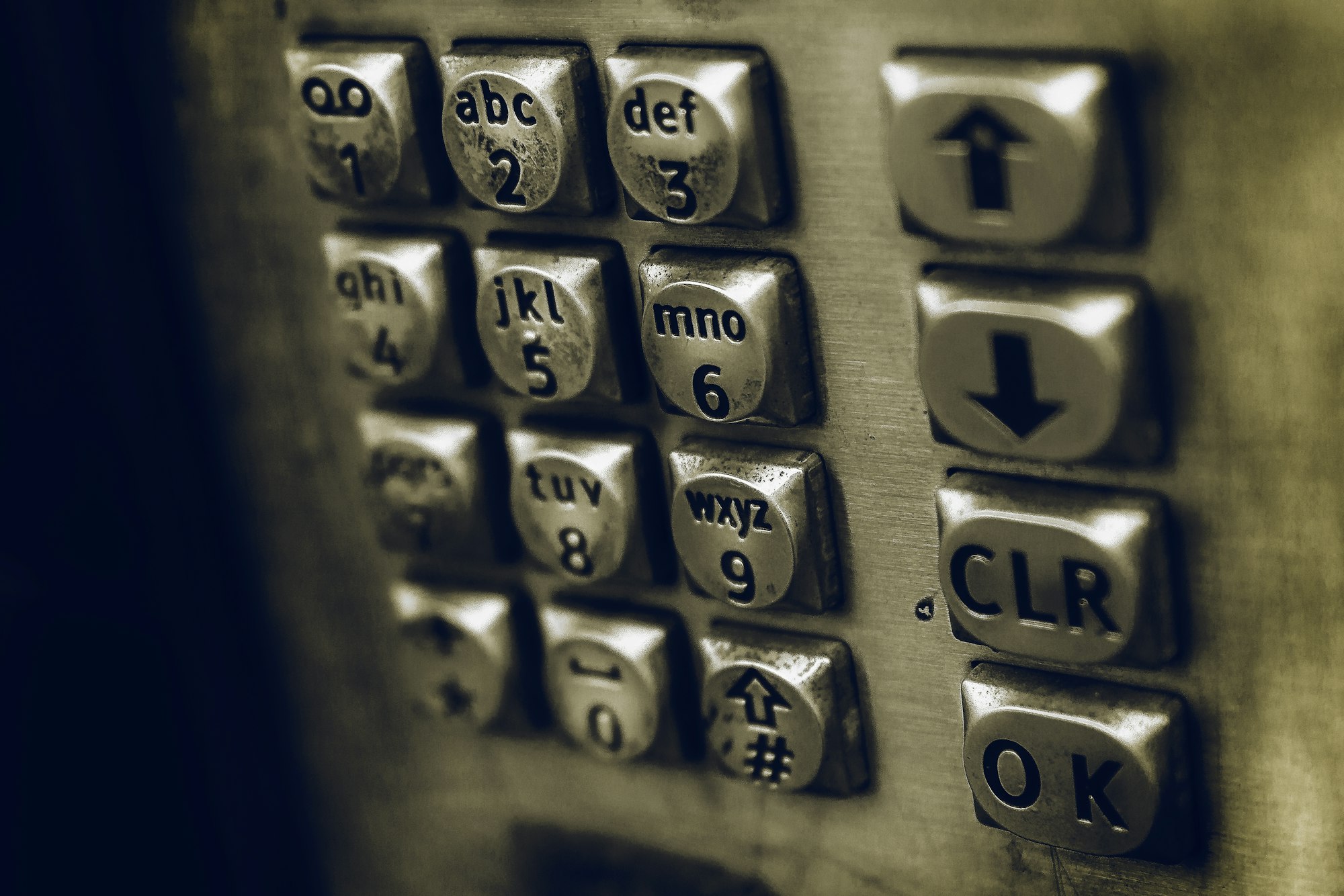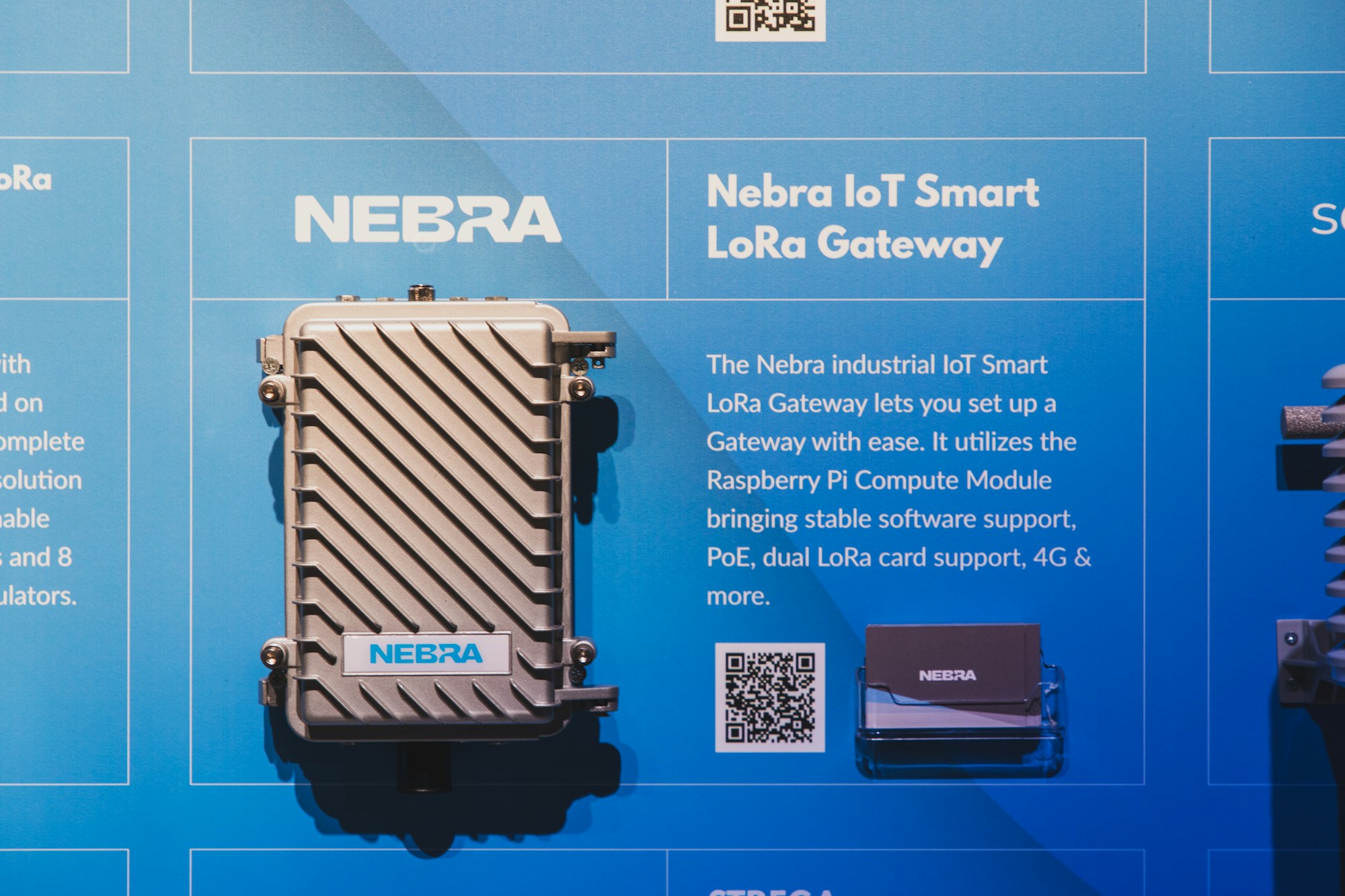Input Devices - Input Reading Text Devices

We will identify the various input reading text devices and also see their uses, advantages and disadvantages starting with the various types of keyboards.
What are input reading text devices?
There are various input reading text devices for computers. Let's analyse them one by one:
Keyboards
Keyboards are the most common used input devices and are used to input text, numbers and instructions into the computer. Most use the QWERTY layout (this name comes from the keys on the top row, which spell out 'QWERTY').
Ergonomic keyboards are designed to reduce the health-related problems associated with standard keyboards, such as carpal tunnel syndrome and repetitive strain injury (RSI).
Standard Keyboard
Uses
- Input of data into applications software (for example, text into word processors, numbers into spreadsheets, etc.).
- Typing in commands to the computer (for example, Prnt Scrn, Ctrl+P to print out etc.).
Advantages
- Fast entry of new text into a document.
- Easy to use for most people.
- Easier to do verification checks as the data is entered (can immediately compare the source document with typed data on the screen).
Disadvantages
- Can be difficult to use if the user has limited arm/wrist use.
- Slow method when compared to direct data entry (for example, optical mark recognition).
- Fairly large device that uses up valuable desk space.
Concept keyboard
Icons or phrases are used instead of standard letters in a concept keyboard. These are often used in fast-food restaurants, where a single key represents one item, for example a cold drink. The person serving only needs to touch this key to order the cold drink and bring up its price on a screen.
- This allows fast data entry as there is no need to type in whole commands.
- The keyboards are waterproof which are useful in a restaurant environment.
- Also, in certain applications like unmanned airport information kiosks, these keyboards are tamper resistant, preventing people from keying in information that could potentially corrupt the computer system.
Sample Concept Keyboard>
Numeric keypads
A numeric keypad is used to enter numbers only (although some have a function key to allow alphabetic characters to be input).
Numeric Keypad
Uses
- Automatic teller machines (ATMs), where the customer can key in their PIN, amount of money, etc.
- Mobile phones, to allow phone numbers, etc., to be keyed in.
- Point-of-sale (POS) terminals in case the barcode reader fails to read the barcode — the number has to be keyed in manually by the operator.
- Chip and PIN devices when paying by credit/debit cards (key in PIN, amount of money, etc.).
- Fast entry of numeric data into a spreadsheet.
Advantages
- Faster than standard keyboards when entering numeric data.
- Since many are small devices (for example, mobile phones) they are very easy to carry around.
Disadvantages
- Sometimes have small keys which can make input more difficult.
- Sometimes the order of the numbers on the keypad isn't intuitive.
MICR (Magnetic Ink Character Reader)
- MICR is a device which uses the technology that allows details from bank cheques to be read into a computer quickly and accurately.
- The cheque number and bank account number are printed at the bottom of each cheque in special magnetic ink using special font.
- These numbers can be detected by an MICR reader.
Uses
- Primarily used to process cheques in banking operations. When a cheque is presented its value is first printed on the cheque in the special ink. The cheques are then all gathered together either at the end of the day or after some specified period and then read using a batch processing method.
Advantages
- Offers greater security than OCR since the printed characters cannot be altered.
- As there is no manual input, errors are reduced.
- Even if someone scribbles over the magnetic ink fonts, they can still be read.
Disadvantages
- Only certain characters can be read and the number of certain characters are extremely limited.
- It is more expensive method than other methods that are used in direct data entry.
OMR scanner
- Optical Mark Recognition (OMR) is a technology that allows the data from multiple choice forms to be read quickly and accurately into a computer.
- Special OMR forms are used, which have spaces that can be coloured in or darkened in (using a pencil or a pen). These marks can then be detected by an OMR scanner.
Uses
- Multiple choice exam answer sheets and lottery ticket forms. An OMR Scanner can read at a speed of 3000 sheets per hour.
Advantages
- Very fast way of inputting results of a survey.
- Since there is no typing, it is more accurate then keying the data.
Disadvantages
- The forms need to be carefully designed to make sure that the marks or shading are positioned to gather accurate information.
- There can be a problem if the forms have not been filled in correctly and sometimes need to be checked manually before being checked by the OMR device, which could make it both time consuming and expensive.
OCR Scanner(Optical Character Recognition)
- OCR is a software technology that can be used to convert images (with text written on them) to an actual text file that can be edited.
- This can then be used in a word processing software, desktop publishing or presentation software.
- OCR is typically used after a page of a book has been scanned.
- The scanned image of the page is then analyzed by the OCR software, which looks for recognizable text and shape and then converts it into a matching text file.
- Advanced OCR software recognizes normal writing as well as printed text. This is called handwriting recognition.
Uses
- The most recent use is in the processing of passports and identity cards.
Advantages
- A fast way of inputting text that has been printed on paper.
- OCR can recognize handwriting so it can be used on hand written notes on a tablet computer and can be converted to word processed text.
- Avoid to type in text manually; hence this reduces the risk of RSI (Repetitive Strain Injury).
- Since no manual data entry, number of errors is reduced.
Disadvantages
- The system still has difficulty in reading handwriting.
- OCR is still not a very accurate technique and needs to be developed.
Barcode reader/scanner
A barcode is a numeric code represented by a series of lines. These lines have different thicknesses and can be read by a barcode reader/scanner.
The most common use of barcode reader is at a POS (Point Of Sale) in a shop.
The code for each item to be purchased needs to be entered into the computer.
Reading barcodes is much quicker and accurate than typing each code using a keypad.
Uses
- Generally used in supermarkets and other shops where the goods are marked with a barcode; the barcodes are used to give information about the product which enables automatic stock control, itemised billing, etc. to take place.
- Used in libraries to keep track of books on loan.
- Used as a safety function in many companies to ensure that electrical equipment is checked on a regular basis (barcodes are placed on an item to identify it and a database holds all the information related to that barcode so it is possible to interrogate the system as part of a safety audit).
Advantages
- Scanning barcodes is faster than typing data manually and lesser mistakes are made.
- Barcode enables automatic stock control.
- Barcode scanning is a tried and trusted technology.
- If used as a way of recording data, they can improve safety.
Disadvantages
- Barcode scanning is relatively expensive system to administer since every item in the shop needs a barcode and every barcode needs to be entered in the central database.
- The system is not full proof as barcodes can be easily swapped around an item.
- Can be more easily damaged than RFID tags or magnetic strips.
Quick response (QR) codes
Another commonly used type of barcode is the quick response (QR) code. This is made up of a matrix of filled in dark squares on a light background.
To make a comparison, normal barcodes can hold up to 30 digits; QR codes can hold over 7000 digits. This obviously gives greater scope for the storage of information.
As modern smartphones allow internet access on the move, QR codes can be scanned anywhere. This allows advertising of products on trains, buses, shopping malls and many other places. Using the built-in camera facility on modern phones, and by downloading the appropriate application (or App), it is possible to read the QR code. The code may contain a website link or some form of advertising;
Nebra IoT Smart LoRa Gateway with a QR code
Advantages
- There is no need for the user to actually write down or key in a website address; this is done automatically by scanning the QR code.
- QR codes can store website addresses/IJRLs that appear in magazines, trains, buses or even business cards, providing a very effective method of advertising.
Do a comparison between OCR and OMR.
The table below gives the comparison between OCR and OMR:
| OCR | OMR |
|---|---|
| Because this method reads handwriting, it is possible for customers to extend their answers to questions. | Since this involves shading in lozenges to answer set questions, the information obtained is limited to the choices offered in each question. |
| This method can read handwriting — but poor handwriting may cause reading errors. | OMR relies on simply detecting where marks have been made on a page; the position of the marks is compared to a template stored in memory. |
| OCR is used for converting printed documents to an editable electronic format. | OMR simply reads the position of marks, so it is ideal for multiple-choice exam papers. |
| OCR requires a complex recognition system. | This method requires complex (and expensive) forms to be completed; but the recognition system is simpler than OCR. |
| Fewer 'how to fill in' instructions are needed for forms designed to be completed and then read by OCR. | While this method requires more 'how to fill in' instructions, it is easier and faster for customers to complete OMR forms than to complete OCR forms. |
| OCR is more accurate than data entered into a computer by keyboard. However, problems still exist recognising all types of handwriting, leading to inaccuracies. | OMR is essentially a more accurate method for reading data than OCR. |
This is the end of this guide. Hope you enjoyed it! Thanks for using www.igcsepro.org! We hope you will give us a chance to serve you again! Thank you!




